Lithium-sulfur batteries have never lived up to their potential as the next generation of renewable batteries for electric vehicles and other devices. But SMU mechanical engineer Donghai Wang and his research team have found a way to make these Li-S batteries last longer – with higher energy levels – than existing renewable batteries. The research team has been able to prevent Li-S batteries from producing an unwanted side effect known as polysulfide dissolution that appears over time, shortening their lifespan.
Tag: Electric Vehicles
Multi-sector partnership leads to first practical pilot of vehicle-to-grid power
The University of Delaware is part of a joint effort involving energy and automotive partners that has launched the first practical pilot of “vehicle-to-grid” power (V2G) set up so that industrial participants can scale it at low cost. V2G technology was invented at UD.
New Battery Cathode Material Could Revolutionize EV Market and Energy Storage
A research team led by Georgia Tech’s Hailong Chen has developed a low-cost iron chloride cathode for all-solid-state lithium-ion batteries, which could significantly reduce costs and improve performance for electric vehicles and large-scale energy storage systems.
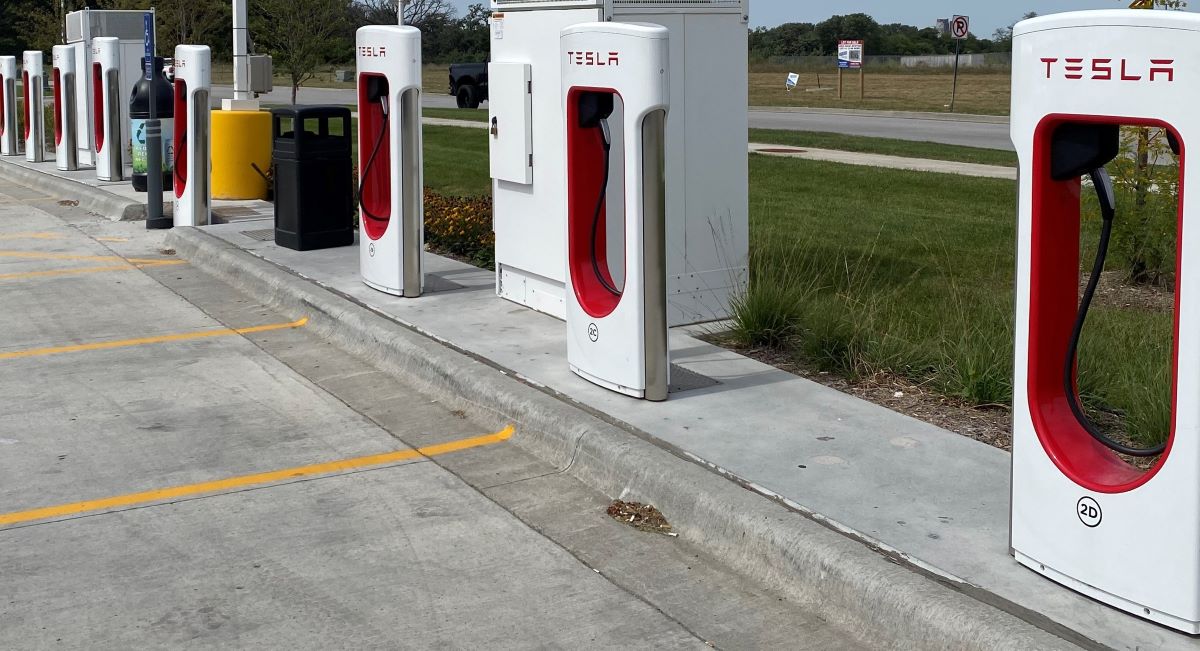
Researchers working to keep electric vehicles charging, even when the lights go out
A research team led by Iowa State’s Zhaoyu Wang will study electric vehicle charging stations with a goal of developing strategies and technologies to keep the chargers operating, even when storms hit and the power goes out.

Researchers demystify polymer binders to pave way for better sulfide solid-state electrolyte membranes
Using a polymer to make a strong yet springy thin film, scientists led by the Department of Energy’s Oak Ridge National Laboratory are speeding the arrival of next-generation solid-state batteries. This effort advances the development of electric vehicle power enabled by flexible, durable sheets of solid-state electrolytes.
Novel Redox-Active Metal-Organic Framework as an Anode Material for Li Batteries Operating in Freezing Conditions
The Korea Institute of Energy Research (KIER) has developed a redox-active metal-organic hybrid electrode material (SKIER-5) for Li batteries that remains stable in cold conditions as low as minus 20 degrees Celsius. Featured on the front cover of Journal of Materials Chemistry A, a leading publication in the field of materials science.
Can financial subsidy increase electric vehicle (EV) penetration—evidence from a quasi-natural experiment
Abstract Electric vehicles (EVs) are considered a promising solution for reducing emissions in urban transportation and addressing energy crises. Several countries, including China, have implemented direct financial subsidies to encourage the adoption of EVs. However, there is a lack of…
A Review of charging infrastructure requirements for US electric light-duty vehicles
Abstract The US electric vehicle (EV) market has grown exponentially, thanks in part to ambitious EV sales targets, vehicle purchase incentives, and investments in EV manufacturing. To continue expanding the market, charging infrastructure investment needs to be adequately aligned with…
Advances in battery thermal management: Current landscape and future directions
Abstract Recently, there has been a vast increase in interest in renewable energy technologies. In the present era of sustainable energy evolution, battery thermal energy storage has emerged as one of the most popular areas. A clean energy alternative to…
A Review of charging infrastructure requirements for US electric light-duty vehicles
Abstract The US electric vehicle (EV) market has grown exponentially, thanks in part to ambitious EV sales targets, vehicle purchase incentives, and investments in EV manufacturing. To continue expanding the market, charging infrastructure investment needs to be adequately aligned with…
Enhancing Adoption of Sustainable Product Innovations: Addressing Reduced Performance with Risk-Reducing Product Modifications
Abstract Past studies have shown that the probability of the successful diffusion of sustainable product innovations is strikingly low. A potentially promising marketing strategy to reduce negative consumer perceptions of sustainable product innovations is risk-reducing product modifications (RPMs), which account…
How can China’s subsidy promote the transition to electric vehicles?
Abstract Promoting the transition from traditional fuel vehicles to electric vehicles can significantly reduce carbon emissions and dependence on oil. Government subsidies play a pivotal role in this transition process. However, the extant research mainly quantifies the effects of these subsidies on…
Processes, models and the influencing factors for enhanced boiling heat transfer in porous structures
Abstract Due to the increasing volume of electric vehicles in automotive markets and the limited lifetime of onboard lithium-ion batteries, the large-scale retirement of batteries is imminent. The battery packs retired from electric vehicles still own 70%–80% of the initial capacity, thus having…
Confidence-aware reinforcement learning for energy management of electrified vehicles
Abstract The reliability of data-driven techniques, such as deep reinforcement learning (DRL) frequently diminishes in scenarios beyond their training environments. Despite DRL-based energy management strategies (EMS) having gained great popularity in optimizing the energy economy of electrified vehicles (EVs), their performance degradation in untrained…
Optimal capacity planning for the electrification of personal transport: The interplay between flexible charging and energy system infrastructure
Abstract This study analyses optimal capacity planning of the energy system in the context of large-scale diffusion of electric vehicles (EVs), and explores the potential benefits of flexible EV charging. Here, the open-source model GRIMSEL, which is characterized by high granular representation…
Sustainability challenges throughout the electric vehicle battery value chain
Abstract The global commitment to decarbonizing the transport sector has resulted in an unabated growth in the markets for electric vehicles and their batteries. Consequently, the demand for battery raw materials is continuously growing. As an illustration, to meet the net-zero…
Polyphase wireless power transfer system achieves 270-kilowatt charge, sets another world record for electric light-duty passenger vehicles
Researchers at the Department of Energy’s Oak Ridge National Laboratory have successfully demonstrated the first 270-kW wireless power transfer to a light-duty electric vehicle. The demonstration used a Porsche Taycan and was conducted in collaboration with Volkswagen Group of America using the ORNL-developed polyphase wireless charging system.
UC San Diego Experts–why we need to work with China on accelerating the clean energy revolution
The tariffs recently placed on a variety of goods from China including electric vehicles, semiconductors, solar cells and batteries are the latest in a slew of actions Washington DC has taken to be tough on China. David Victor is the…
The Impact of state policies on electric vehicle adoption -A panel data analysis
Abstract Using data from fifty U.S. states between 2012 and 2020, the impacts of three types of state level policies on electric vehicles (EV) adoption are examined: 1) policies that mitigate the environmental impacts from energy production, 2) policies that…
Reduce the risk of electric vehicle fires by analyzing nanostructures!
Dr. Hyeon-woo Son and his research team from the Department of Aluminum in the Advanced Metals Division at KIMS have successfully developed an aluminum alloy for electric vehicles that dramatically improves thermal stability.
Five facilities at Argonne where climate solutions are front and center
Learn more about five research centers at Argonne National Laboratory that help researchers bring climate science from the lab to the world.
Metal-loving microbes could replace chemical processing of rare earths
Cornell University scientists have characterized the genome of a metal-loving bacteria with an affinity for rare earth elements. The research paves the way towards replacing the harsh chemical processing of these elements with a benign practice called biosorption.
The potential of solar cars in the world
A new study, modeling the potential of solar-powered vehicles in the urban context in 100 cities across the world, shows that solar energy provides a range between 11 and 29 km per day, reducing charging needs by half.
The SolarEV City Concept: A Sustainable Option for the City of Lights?
The iconic city of Paris is synonymous with climate change, thanks in part to it being where the landmark 2015 Paris Climate Change agreement was adopted.
How a ‘just’ EV transition hinges on a looming labor strike
The United Auto Workers is threatening to strike against General Motors, Ford and Stellantis, if contract agreements aren’t reached with the automakers by 11:59 p.m. on Thursday. Among the union’s demands is that it represents workers at 10 electric vehicle…
Advances in technology are driving popularity of EVs
New research by Gillingham, published in Proceedings of the National Academy of Sciences, finds that recent adoption of EVs is driven overwhelmingly by technological advances, while general consumer preferences for EVs has changed little.
To avoid a battery crisis, more of us should share small, lightweight EVs
Most global scenarios and governmental targets for decarbonizing the transport sector consider battery-powered electric vehicles as a main part of the solution. Enormous amounts of raw materials are needed to build enough batteries and ensure a transition to low-emission vehicles.
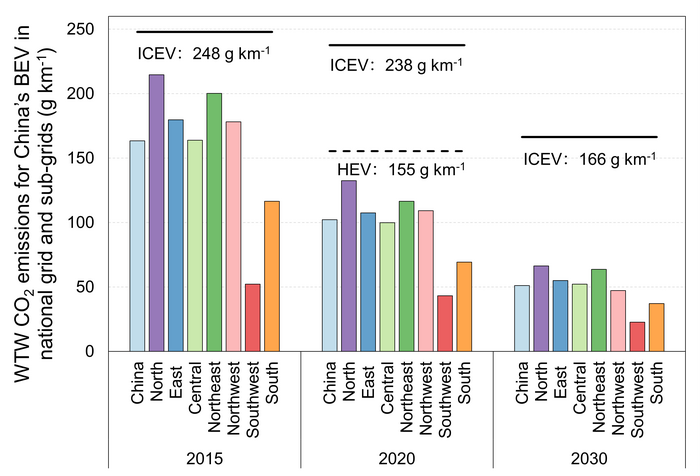
Emissions reductions of Chinese EVs
Chinese electric vehicles (EVs) drive larger emissions reductions over time, due to increased operating efficiency and a greener electricity mix, according to a study.
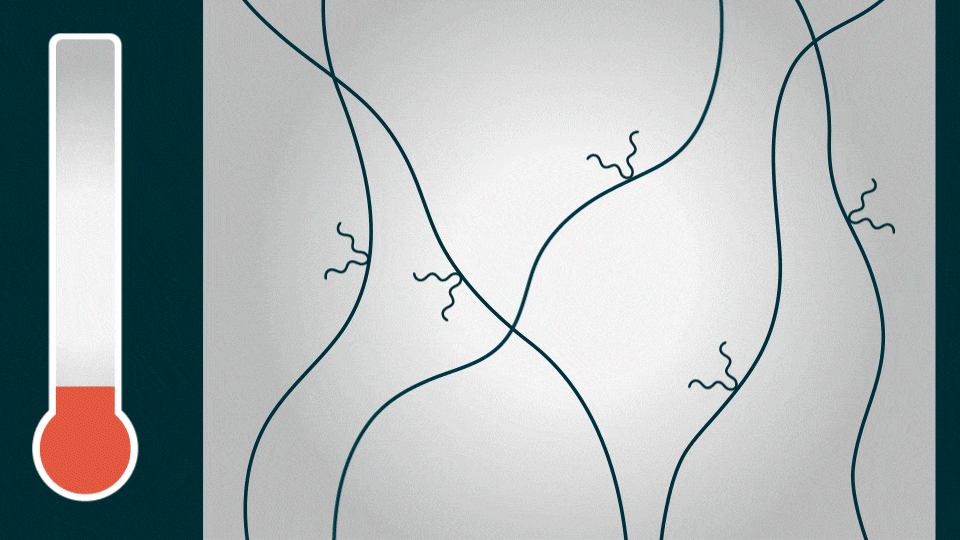
Electric Vehicle Batteries Could Get Big Boost With New Polymer Coating
Scientists at Berkeley Lab have developed a polymer coating that could enable longer lasting, more powerful lithium-ion batteries for electric vehicles. The advance opens up a new approach to developing EV batteries that are more affordable and yet easy to manufacture.
Have no fear: Electric vehicles will get you where you need to go
“Range anxiety” has been shot down by new research led by the University of Delaware that found electric vehicles with smaller batteries, combined with community charging, can meet all driving trip needs.
On the Road to Better Solid-State Batteries
A team from Berkeley Lab and Florida State University has designed a new blueprint for solid-state batteries that are less dependent on specific chemical elements. Their work could advance efficient, affordable solid-state batteries for electric cars.
Helping transit agencies visualize the transition to electric bus fleets
The transit industry is rapidly moving toward battery electric bus fleets because of the environmental and financial benefits they offer.
How a test drive may lead to an electric vehicle purchase
Test driving an electric vehicle boosts some potential buyers’ personal identity as being early adopters of the latest technologies, and that strengthened self-perception was linked to a higher likelihood that the test-driver would show interest in buying the car, a new study suggests.
Electric car sales drive toward cleaner air, less mortality
Electric cars – and their continued sales growth – are expected to have a greener, cleaner influence on air pollution and reduce human mortality in most, if not all, U.S. metropolitan areas, according to Cornell University research published in Renewable and Sustainable Energy Reviews.
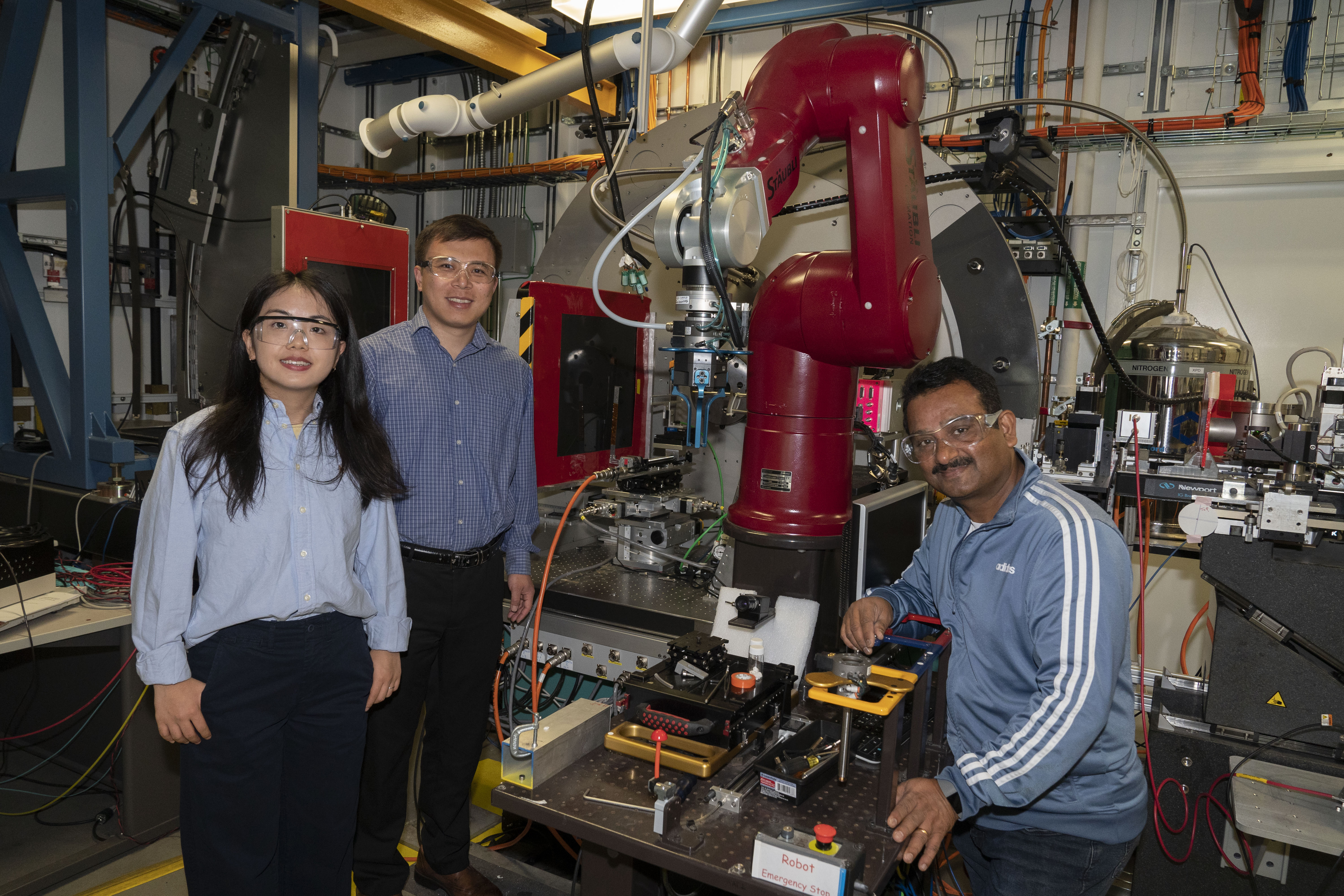
X-rays Reveal Elusive Chemistry for Better EV Batteries
A team of scientists led by chemists at the U.S. Department of Energy’s Brookhaven National Laboratory and Pacific Northwest National Laboratory has unraveled the complex chemical mechanisms of a battery component that is crucial for boosting energy density: the interphase.
Taking Freight Trucks Electric Would Have Big Economic and Environmental Benefits for India
Diesel-fueled freight trucks play an outsized role in producing India’s total greenhouse gas and air pollution emissions. While the country has promoted policies to transition to electric vehicles for public transportation buses and cars, batteries that can power such large trucks have been too heavy and expensive to make their electrification possible. A new study shows that advances in battery technology and dramatically decreased battery costs in recent years have changed that. With the right policies and incentives, battery electric trucks would be more affordable to operate than diesel, and India could become a world leader in producing electric vehicles.
Electric buses can be ‘mobile batteries’, keeping lights on when power cuts
The Biden administration is awarding grants to school districts around the country, totaling about $1 billion, to purchase about 2500 electric school buses. The administration touts electrifying school buses as an important step for reducing emissions and pollution, but the…
The Race is On: Nevada is in the Driver’s Seat for Burgeoning Lithium Industry. UNLV economic geologist talks lithium battery supply chain, green energy, and self-sustainability
The ‘Lithium-Ion Battery State’ may not have the same ring to it as ‘Battle-Born’ or ‘Silver State,’ but the reality is that Nevada could soon be a leader in the lithium battery supply chain – potentially giving the U.S. an edge in the arms race for the in-demand metal that’s the key to powering everything from your cell phone to electric vehicles.
Super-fast electric car charging, with a tailor-made touch
Speeding up electrical vehicle charging can damage the battery. Now, scientists report that they’ve designed superfast charging methods tailored to power different electric vehicle batteries in 10 minutes or less without harm. The researchers will present their results today at ACS Fall 2022.
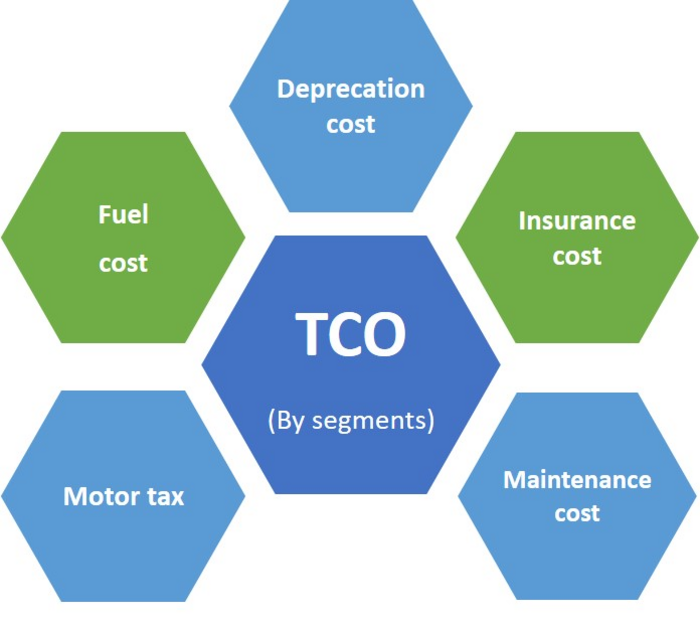
Variability in Total Cost of Vehicle Ownership Across Vehicle and User Profiles
The widespread penetration of electric vehicles (EVs) has emerged as the leading technological pathway for cutting levels of carbon emissions from road transport activity.
Lithium-ion batteries that last longer in extreme cold
To improve lithium-ion batteries’ performance in extreme cold, researchers reporting in ACS Central Science replaced the traditional graphite anode with a bumpy carbon-based material, which maintains its rechargeable storage capacity down to -31 F.
How a cognitive bias is blocking the rise of electric cars
What are the barriers to the adoption of electric cars? Although the main financial and technological obstacles have been removed, their market share still needs to increase.
Seven ORNL technologies win R&D 100 research awards
Research teams from the Department of Energy’s Oak Ridge National Laboratory and their technologies have received seven 2021 R&D 100 Awards, plus special recognition for a COVID-19-related project.
Tulane scientist leads study on faster charging energy storage
A Tulane University researcher has led a team in discoveries that could result in significantly faster charging electric vehicles and portable devices such as cell phones and laptops.
Transport in 2050: Safer, cleaner and cost efficient?
A Cornell University-led team has calculated that by the year 2050, vehicle electrification, driverless cars and ride sharing could slash U.S. petroleum consumption by 50% and carbon dioxide emissions by 75% while simultaneously preventing 5,500 premature deaths and saving $58 billion annually.
Story tips: Powered by nature, get on the bus, accelerating methane, helping JET soar, charged up planning and building a better thermostat
ORNL story tips: Powered by nature, get on the bus, accelerating methane, helping JET soar, charged up planning and building a better thermostat

Longer-lived lithium-metal battery marks step forward for electric vehicles
Researchers have increased the lifetime of a promising electric vehicle battery to a record level.
Scientists Discover New Approach to Stabilize Cathode Materials
UPTON, NY—A team of researchers led by chemists at the U.S. Department of Energy’s (DOE) Brookhaven National Laboratory has studied an elusive property in cathode materials, called a valence gradient, to understand its effect on battery performance. The findings, published in Nature Communications, demonstrated that the valence gradient can serve as a new approach for stabilizing the structure of high-nickel-content cathodes against degradation and safety issues.
Hands-free: Wireless charging system advances electric vehicle convenience
Oak Ridge National Laboratory scientists have for several years now steadily advanced a wireless charging technology that can make powering an electric vehicle just as easy, or easier, than filling up a car with gas. The researchers are now nearing the completion of a new system to charge EVs while they’re in motion.
Electric vehicles no environmental savior, could cause power grid problems
As Ford unveils its electric F150, West Virginia University experts note the shift from gasoline-powered engines is not an environmental panacea in the short term, but instead will mean significant and costly upgrades to the nation’s infrastructure. Citing recent events,…